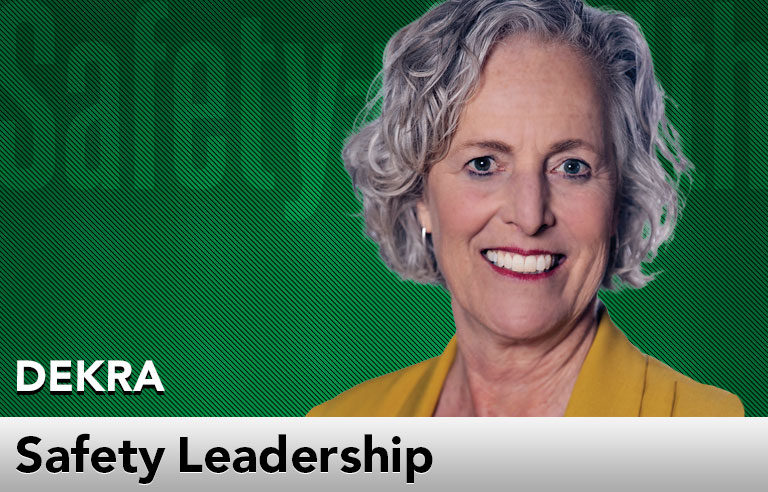Safety Leadership: BLS fatal injuries data release: Deciphering the implications

Editor’s Note: Achieving and sustaining an injury-free workplace demands strong leadership. In this monthly column, experts from global consulting firm DEKRA share their point of view on what leaders need to know to guide their organizations to safety excellence.
In December, the Bureau of Labor Statistics unveiled its annual report on the National Census of Fatal Occupational Injuries in 2022. What significance does this report hold? What insights can we glean from the numbers?
Adding another data point to our analysis of U.S. fatalities spanning more than three decades, the overall picture is daunting. Although there’s been a decline in the number of fatalities over the past 30 years, the trajectory of this trend remains relatively stagnant. Unlike the reduction observed in total recordable injury rates, the fatality rate remains disappointingly unchanged.

Here’s where understanding rates versus raw numbers becomes crucial. A seemingly minor increase to 3.7 from 3.6 fatalities per 100,000 workers in 2022 from 2021 may appear insignificant. However, when we realize that a 0.1 increase in rate translates to 296 more fatalities in 2022 compared with the previous year, it becomes evident that this difference is anything but small.
Understanding the trends: Key observations
Analyzing fatalities by exposure type reveals that transportation-related fatal injuries continue to dominate. The heavy reliance on human behavior to mitigate the risks inherent is proving inadequate. Despite the threat of law enforcement or penalties, fatal vehicle incidents persist. Recent interviews conducted by DEKRA with eight professional truck drivers shed light on the secrets behind driving millions of miles incident-free. Their top strategies include conducting thorough pre-trip inspections, adhering to robust defensive driving training and managing emotions behind the wheel. These truckers recounted harrowing tales of reckless driving behaviors and emphasized the importance of self-control.

The surge in various exposure categories in the 2022 data underscores the critical role of mental health and well-being in addressing high fatality rates. Instances of violence, suicide and unintentional overdoses have all seen double-digit increases. Beyond seeking therapy or medication, fostering good mental health involves encouraging worker engagement to cultivate a supportive workplace culture. Leaders must not overlook the importance of answering the worker’s questions: “Do I have a supportive network of peers who value my contributions?” “Does leadership recognize and appreciate me as an individual?”
What’s the takeaway for me?
Redirecting our focus toward the potential preceding these adverse outcomes is key to preventing further workplace fatalities. Proactive prevention entails identifying potential exposures and devising control measures, remaining vigilant as conditions evolve, and fostering connections to promote a positive and safe work environment.
This article represents the views of the author and should not be considered a National Safety Council endorsement.
 Erika Gwilt is vice president in DEKRA’s consulting practice (dekra.us). She’s the resident serious injuries and fatalities exposure elimination expert. She has worked with organizations across high-risk industries to increase safety performance.
Erika Gwilt is vice president in DEKRA’s consulting practice (dekra.us). She’s the resident serious injuries and fatalities exposure elimination expert. She has worked with organizations across high-risk industries to increase safety performance.
Direct to your inbox: Sign up to be notified in email about new "Safety Leadership" columns.
Post a comment to this article
Safety+Health welcomes comments that promote respectful dialogue. Please stay on topic. Comments that contain personal attacks, profanity or abusive language – or those aggressively promoting products or services – will be removed. We reserve the right to determine which comments violate our comment policy. (Anonymous comments are welcome; merely skip the “name” field in the comment box. An email address is required but will not be included with your comment.)

